Have you ever gazed into a cat’s eyes and felt like you were peering into a tiny, mysterious universe? Cats are enchanting, but they can also be a puzzle, especially when you’re hoping to win their affection. Building trust with a cat isn’t as easy as simply offering a treat or scratching behind the ears. One wrong move can send even the friendliest feline scurrying under the couch. If you’re committed to bonding with a cat, knowing what not to do is just as important as knowing what to do. Some missteps might surprise you, and avoiding them could mean the difference between a cold shoulder and a loving purr. Ready to unlock the secrets to a cat’s heart? Let’s dive into the things you should absolutely steer clear of if you want to become your cat’s favorite human.
Ignoring Their Body Language

Cats communicate volumes through their body language, even though they never utter a word. Ears flattened back, a lashing tail, dilated pupils—these are all clues to how your cat is feeling. Overlooking these signals can make your cat feel misunderstood or even threatened. If you ignore the subtle cues that your cat is uncomfortable or scared, you might accidentally push them away. For example, if your cat’s tail is puffed and they’re crouched low, it’s a clear sign to give them space. Respecting these signals shows your cat you care about their comfort. Think of it like learning a new language; the more you understand, the closer you’ll become. Always observe and respond to your cat’s nonverbal cues, and you’ll be one step closer to their trust.
Forcing Physical Affection

It’s tempting to scoop up a cute cat and smother them with cuddles, but forcing physical affection is a big no-no. Cats are independent creatures and value their personal space. If you pick them up or hold them against their will, they may associate you with discomfort. Instead, let the cat approach you first. Allow them to initiate contact by rubbing against you or sitting nearby. Gentle, slow pets on the head or back are usually welcome, but always watch their reaction. If your cat pulls away, don’t take it personally—just give them the space they need. Over time, patience and respect will make your bond stronger than any forced hug could.
Making Sudden or Loud Noises

Imagine someone slamming doors or shouting right next to you; it would jolt your nerves, wouldn’t it? Cats have incredibly sensitive hearing, and sudden, loud noises can be downright terrifying for them. Yelling, dropping heavy objects, or even a loud laugh can make your cat feel unsafe. If you’re trying to bond, create a calm and peaceful environment. Speak softly, move gently, and try to keep noise to a minimum when your cat is around. This tranquility helps your cat associate you with safety and comfort. A quiet approach will help even the shyest cat feel more at ease in your presence.
Staring Directly Into Their Eyes

Eye contact means something different in the feline world. While humans might see direct eye contact as a sign of attention or care, cats can view it as a challenge or threat. Staring directly into a cat’s eyes can make them feel anxious or defensive. If you notice your cat looking at you, try a slow blink instead. This gentle gesture is like a kitty “I love you” and can help build trust. If you avoid intense eye contact, your cat will be less likely to feel intimidated and more likely to approach you willingly.
Chasing or Cornering Them

Few things scare a cat more than feeling trapped or pursued. If you chase a cat or block its escape routes, you’ll only make it fearful and distrustful. Even if you’re trying to play, chasing can trigger a prey response and lead to stress. Always let the cat come to you on its own terms. If you need to approach, move slowly and allow plenty of space for the cat to retreat if it chooses. This demonstrates respect for the cat’s boundaries and helps it feel safe. Creating an environment where your cat feels free to move will encourage it to seek you out.
Introducing Too Many People or Animals at Once

Cats can be overwhelmed easily, especially when meeting new people or animals. Introducing a cat to a crowded room or a pack of pets can stress them out. If you’re trying to make friends with a cat, keep introductions slow and controlled. One-on-one time is best in the beginning. Gradually allow the cat to meet new friends, and watch for signs of stress. Rushed introductions can set back your bonding efforts. By being mindful of your cat’s social limits, you’ll help them feel more secure and willing to connect with you.
Ignoring Their Need for Safe Spaces
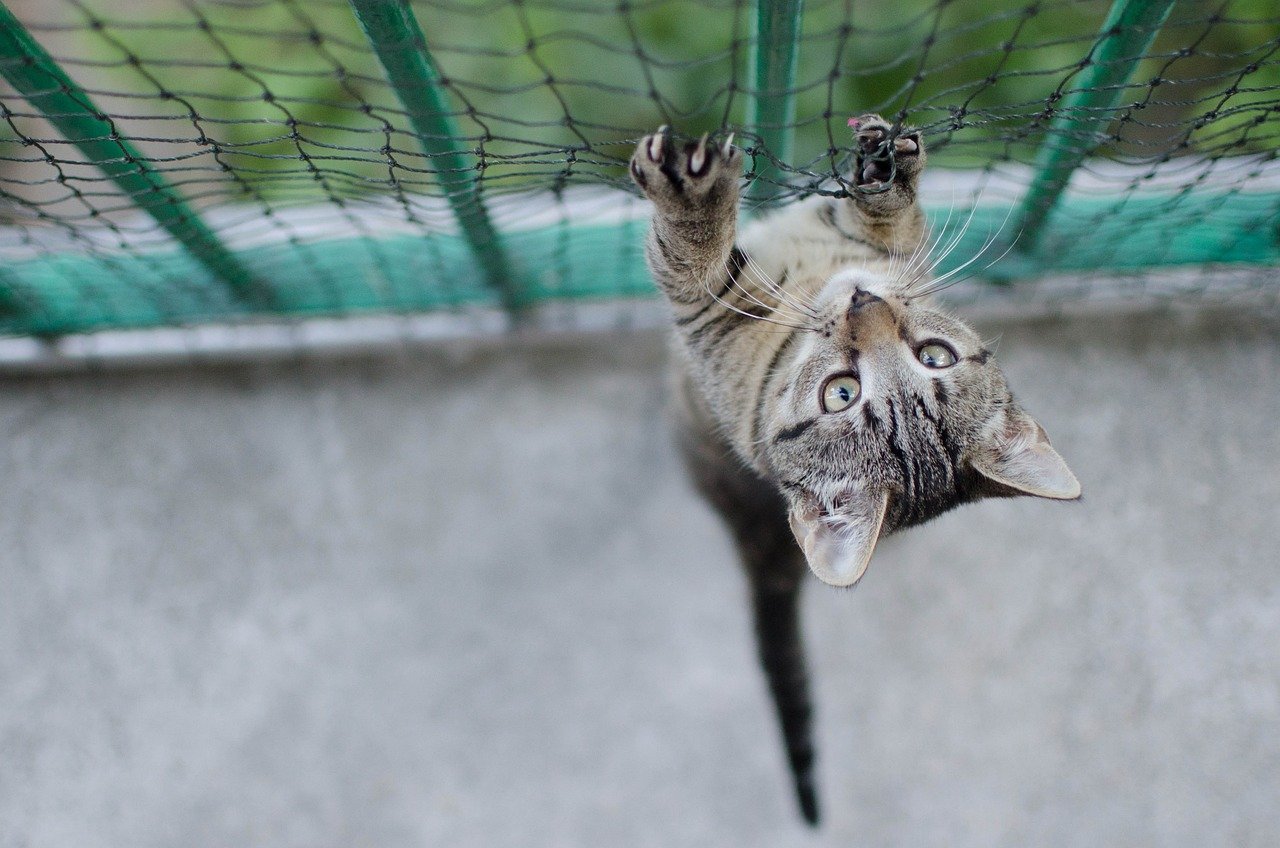
Cats crave safe, quiet spaces where they can relax and retreat. If you don’t provide these, or worse, invade them, your cat may feel constantly on edge. Whether it’s a cozy box, a high perch, or a quiet room, every cat needs a sanctuary. Avoid reaching into their hiding spots or disturbing them when they’re tucked away. Respecting these havens shows your cat that you understand their needs. Over time, your cat will learn that you’re a source of comfort, not disruption, which is key to building a lasting bond.
Skipping Playtime or Mental Stimulation

Play isn’t just a fun activity—it’s essential for a cat’s well-being. If you neglect playtime, your cat can become bored, frustrated, or even depressed. Interactive toys, feather wands, and puzzle feeders are great ways to engage a cat’s mind and body. Play helps burn off energy and builds positive associations with you. Even older cats enjoy a bit of fun, though they might prefer slower, gentler games. Make play a daily ritual, and your cat will look forward to spending time with you.
Feeding Inappropriate Foods

Offering the wrong treats or sharing human food can do more harm than good. Cats have sensitive digestive systems, and some foods that are safe for us are dangerous for them—like onions, garlic, chocolate, or even milk. If you want to bond through food, stick to high-quality cat treats or specially-formulated snacks. Always check ingredients and avoid anything toxic. A healthy cat is a happy cat, and providing safe, tasty treats will build trust and affection.
Punishing or Scolding
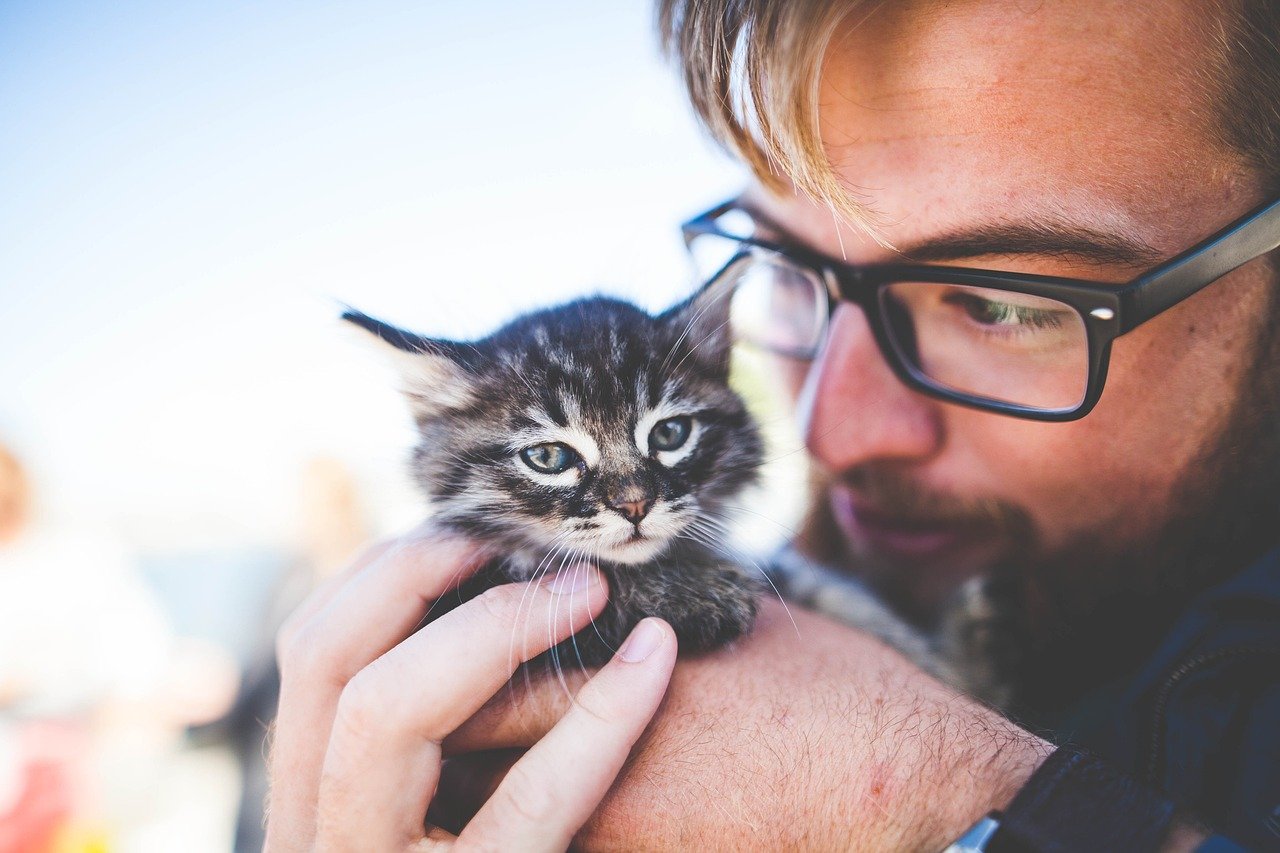
Punishment doesn’t work with cats. Yelling, squirting with water, or physical discipline only makes them fearful. Cats don’t understand punishment the way humans do, and harsh reactions damage trust. Instead, focus on gentle redirection and positive reinforcement. Reward good behavior with treats and praise, and ignore unwanted actions when possible. A calm, patient approach helps your cat feel secure, fostering a deeper connection.
Neglecting Grooming Needs

Cats are fastidious groomers, but sometimes they need a helping hand, especially long-haired breeds. Ignoring grooming can lead to mats, tangles, or even painful skin issues. Gently brush your cat using the right tools, and make grooming sessions short and positive. Never force your cat to stay still—let them move away if they need to. Over time, your cat will see grooming as a bonding experience rather than a chore.
Disrupting Their Routines
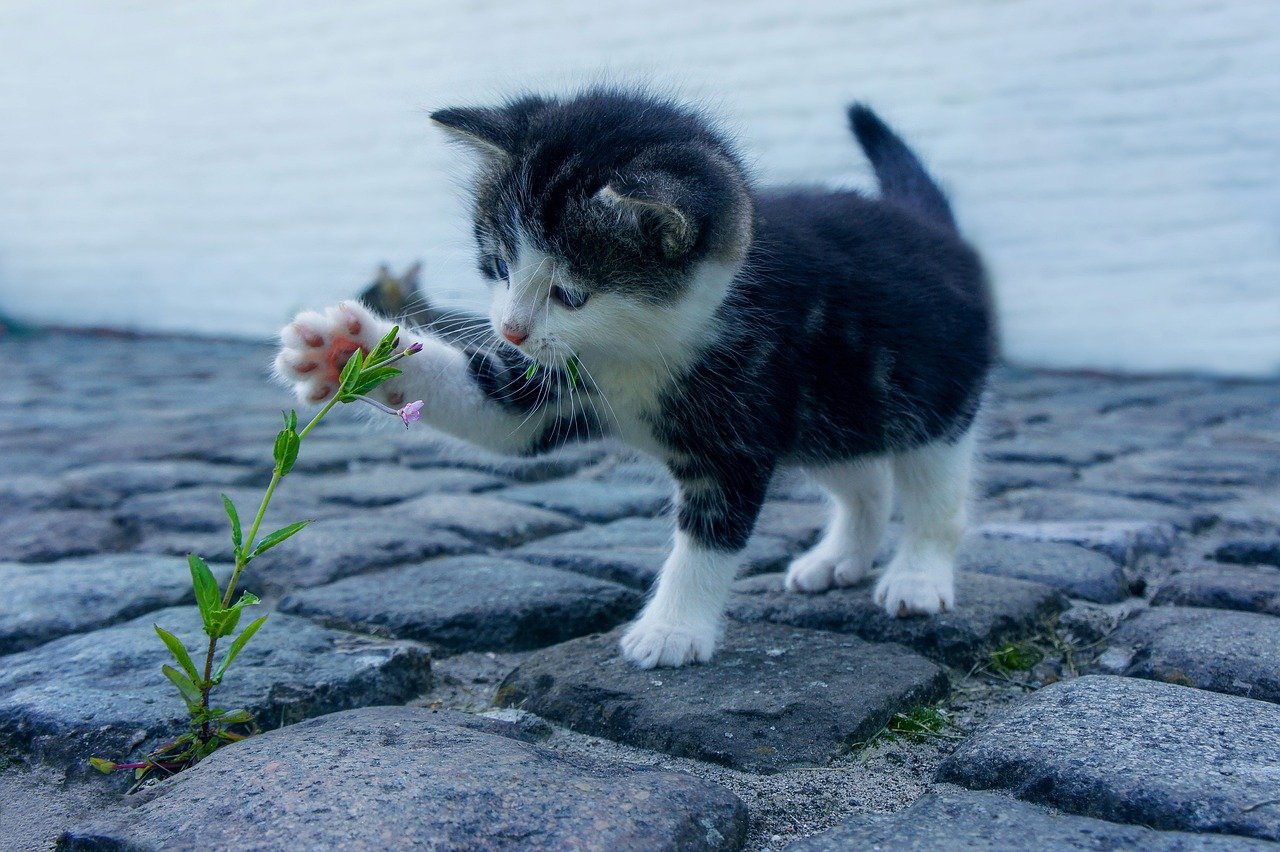
Cats are creatures of habit. Sudden changes in feeding times, play schedules, or litter box locations can unsettle them. If you constantly disrupt their routine, your cat may become anxious or withdrawn. Try to keep daily activities consistent and predictable. A stable environment helps your cat feel safe, and that sense of security is the foundation for trust.
Overwhelming Them With Scent

Cats use their sense of smell to understand their environment. Strong perfumes, cleaning products, or even new furniture can be overwhelming or off-putting to a cat. If you want your cat to feel at home, avoid introducing lots of new scents at once. Stick to unscented or cat-friendly products, and allow your cat to investigate new items at their own pace. This gentle approach will help your cat feel more comfortable in your presence.
Ignoring Litter Box Preferences

A clean, accessible litter box is essential for any cat. If you neglect this, your cat may become stressed or even avoid using the box altogether. Scoop daily and clean thoroughly, and make sure the box is in a quiet, low-traffic area. Some cats are particular about the type of litter or box they use, so pay attention to their preferences. Meeting their needs here shows respect and care, which goes a long way in building trust.
Restraining or Confining Them Unnecessarily

Cats value freedom and autonomy. If you restrain them, confine them to small spaces, or use carriers unnecessarily, you risk making them fearful and anxious. Only use a carrier when absolutely necessary, like vet trips, and always make it a positive experience with treats and gentle words. Allow your cat plenty of opportunities to explore and roam within safe boundaries. Respecting their independence is crucial for a healthy bond.
Ignoring Signs of Illness or Discomfort
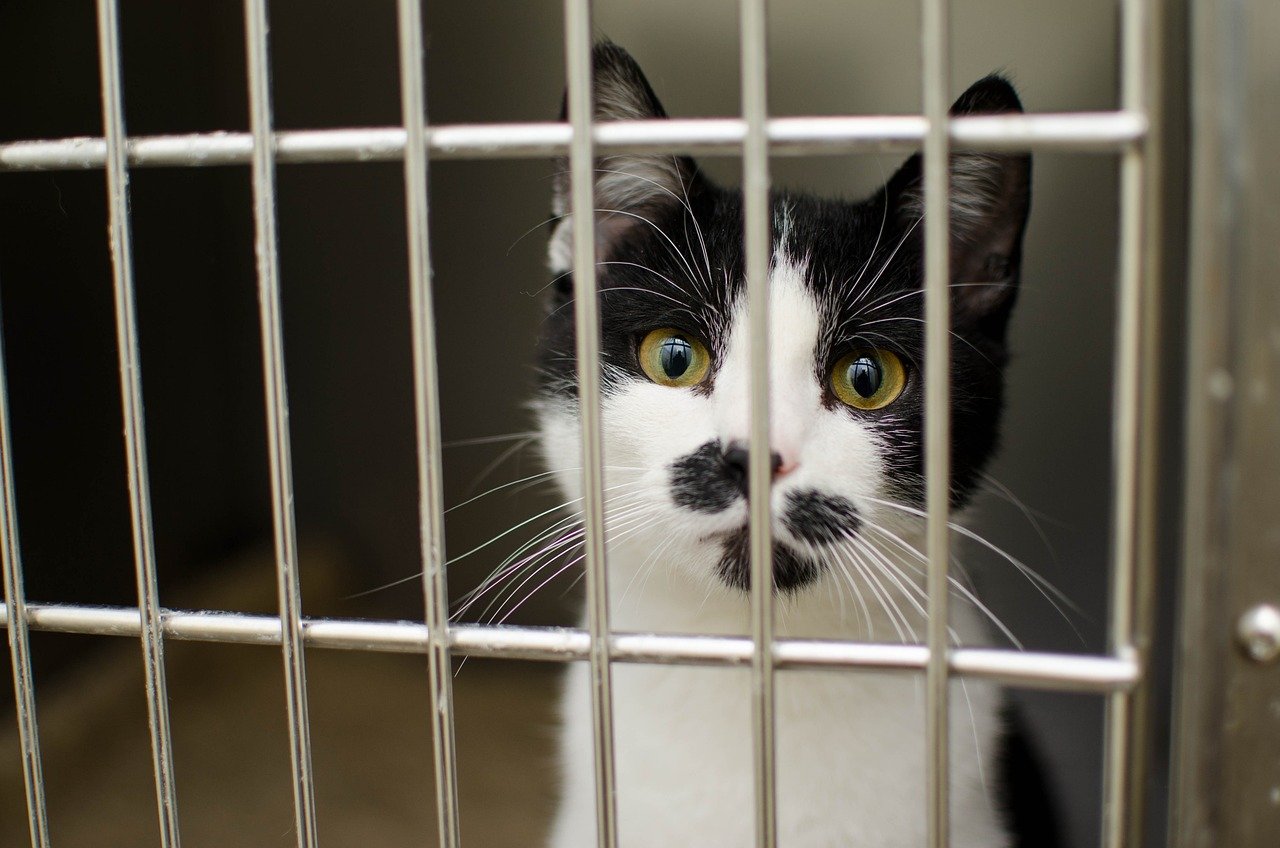
If your cat starts acting differently—hiding more, eating less, or grooming excessively—it could be a sign of illness or pain. Ignoring these changes can harm your cat and damage your relationship. Pay close attention to your cat’s behavior and seek veterinary advice when needed. Caring for your cat’s health demonstrates love and commitment, which are key ingredients in any strong bond.
Letting Children or Strangers Handle Them Roughly
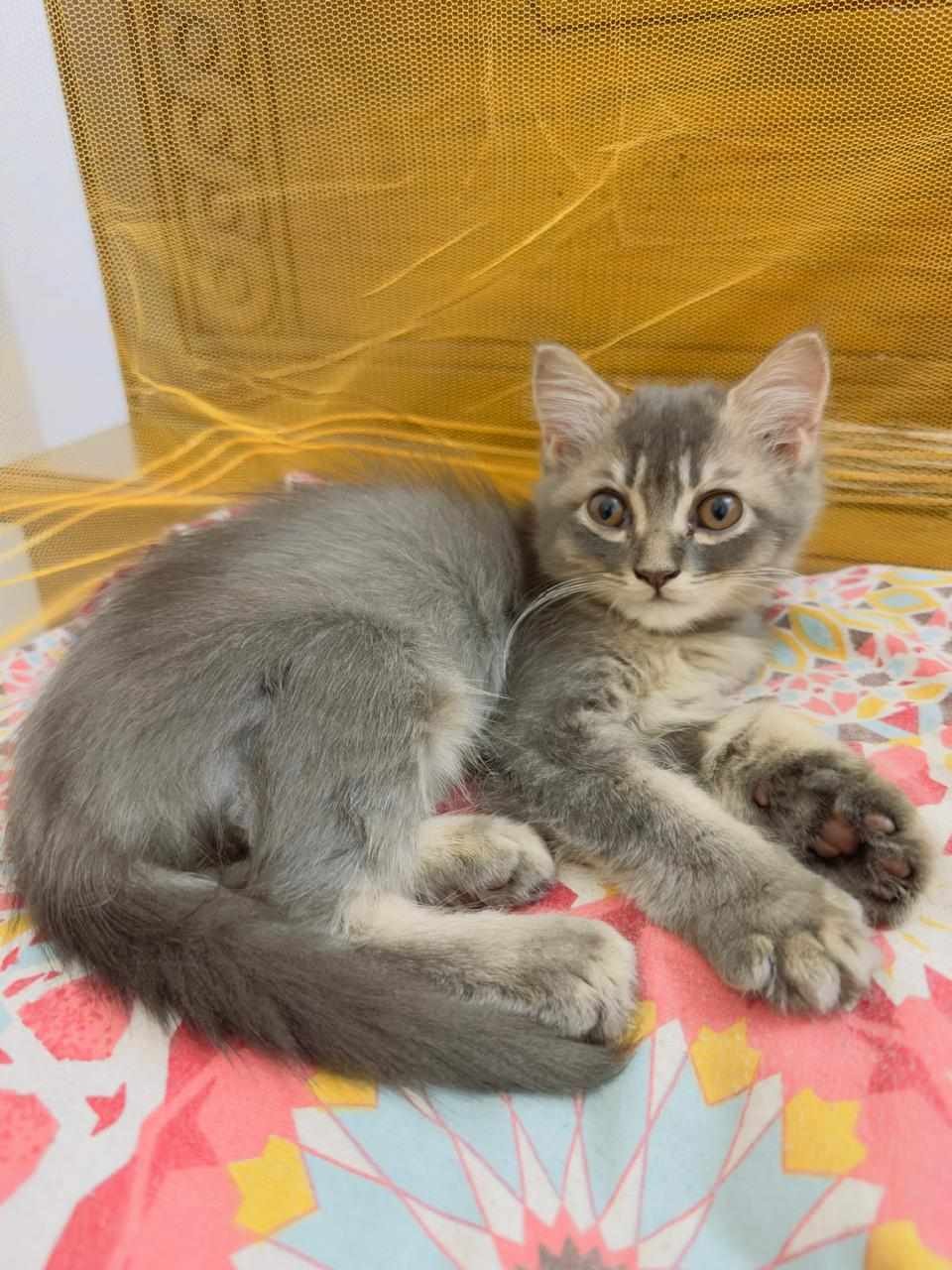
Some cats are wary of children or strangers, especially if handled too roughly. If you allow guests or kids to pick up or chase your cat, you risk breaking the fragile trust you’ve built. Always supervise interactions and teach others how to approach your cat gently. Encourage quiet voices and calm movements. By advocating for your cat, you show them they can trust you to protect their boundaries.
Not Respecting Their Alone Time

Cats need alone time to recharge, even if they love your company. If you constantly seek their attention or follow them everywhere, they may become overwhelmed. Allow your cat to retreat to their favorite spots and spend time alone when they need it. When they come back to you, greet them calmly and affectionately. This balance of togetherness and independence is the secret to a truly happy cat-human relationship.
Moving Too Quickly With Training or Socialization

Bonding and training take time, especially with timid or rescue cats. If you rush the process, your cat may become frightened or resistant. Break training into small, manageable steps, and celebrate each success. Use treats and gentle encouragement, and be patient with setbacks. Progress may be slow at first, but with time and consistency, your cat will learn to trust and enjoy your company.
Failing to Provide Enrichment
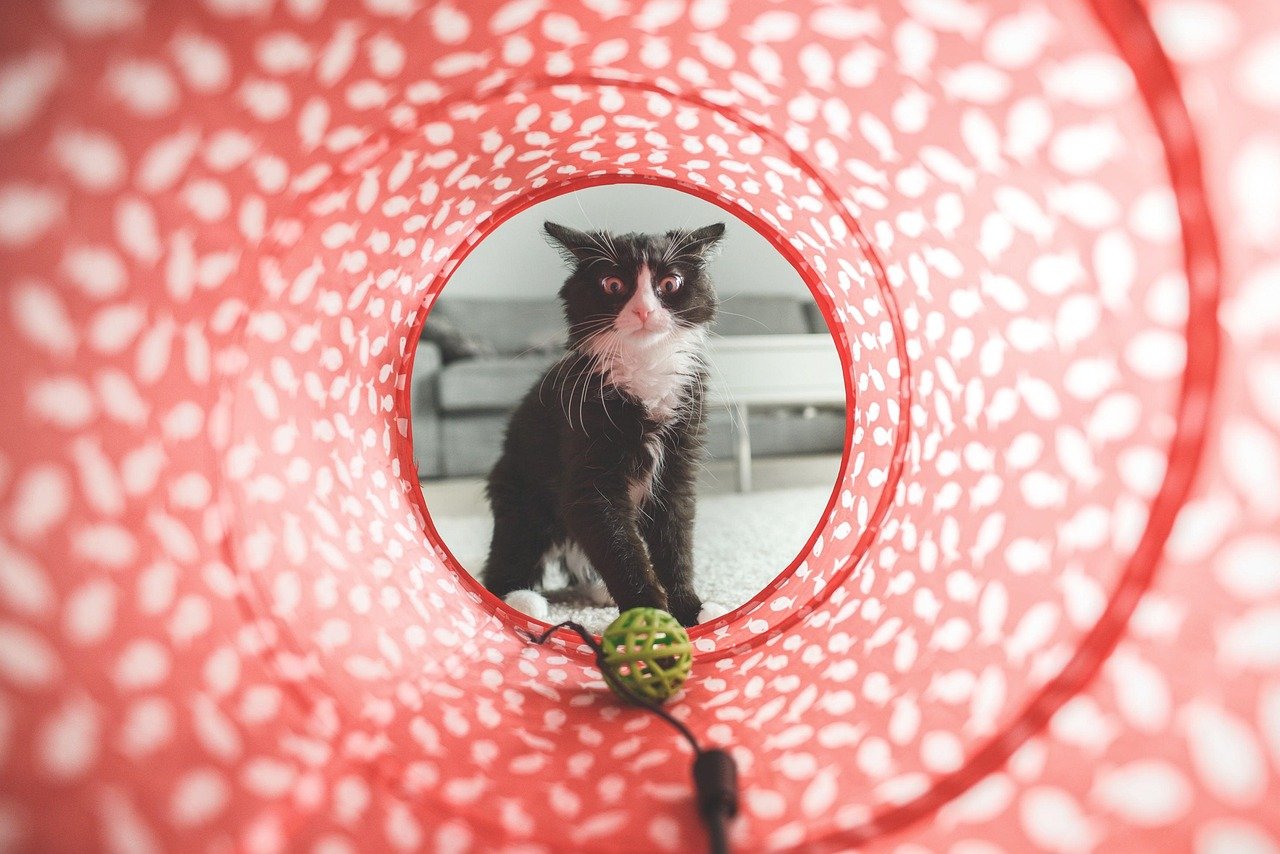
A bored cat is an unhappy cat. If you don’t provide climbing trees, scratching posts, or interesting places to explore, your cat may lose interest in you. Create a stimulating environment with toys, perches, and puzzle feeders. Rotate toys regularly to keep things fresh. Engaging your cat’s mind and body not only prevents boredom but also strengthens your bond through shared experiences.
Disregarding Their Unique Personality

Every cat is a world unto themselves. Some are outgoing and adventurous, while others are shy and reserved. Ignoring your cat’s unique personality and trying to force them into a mold sets you up for disappointment. Take time to get to know their preferences, quirks, and boundaries. Celebrate what makes your cat special, and let them set the pace for your relationship. When you embrace your cat’s individuality, you’ll discover a friendship like no other.
Hi, I’m Bola, a passionate writer and creative strategist with a knack for crafting compelling content that educates, inspires, and connects. Over the years, I’ve honed my skills across various writing fields, including content creation, copywriting, online course development, and video scriptwriting.
When I’m not at my desk, you’ll find me exploring new ideas, reading books, or brainstorming creative ways to solve challenges. I believe that words have the power to transform, and I’m here to help you leverage that power for success.
Thanks for stopping by, Keep coming to this website to checkout new articles form me. You’d always love it!





